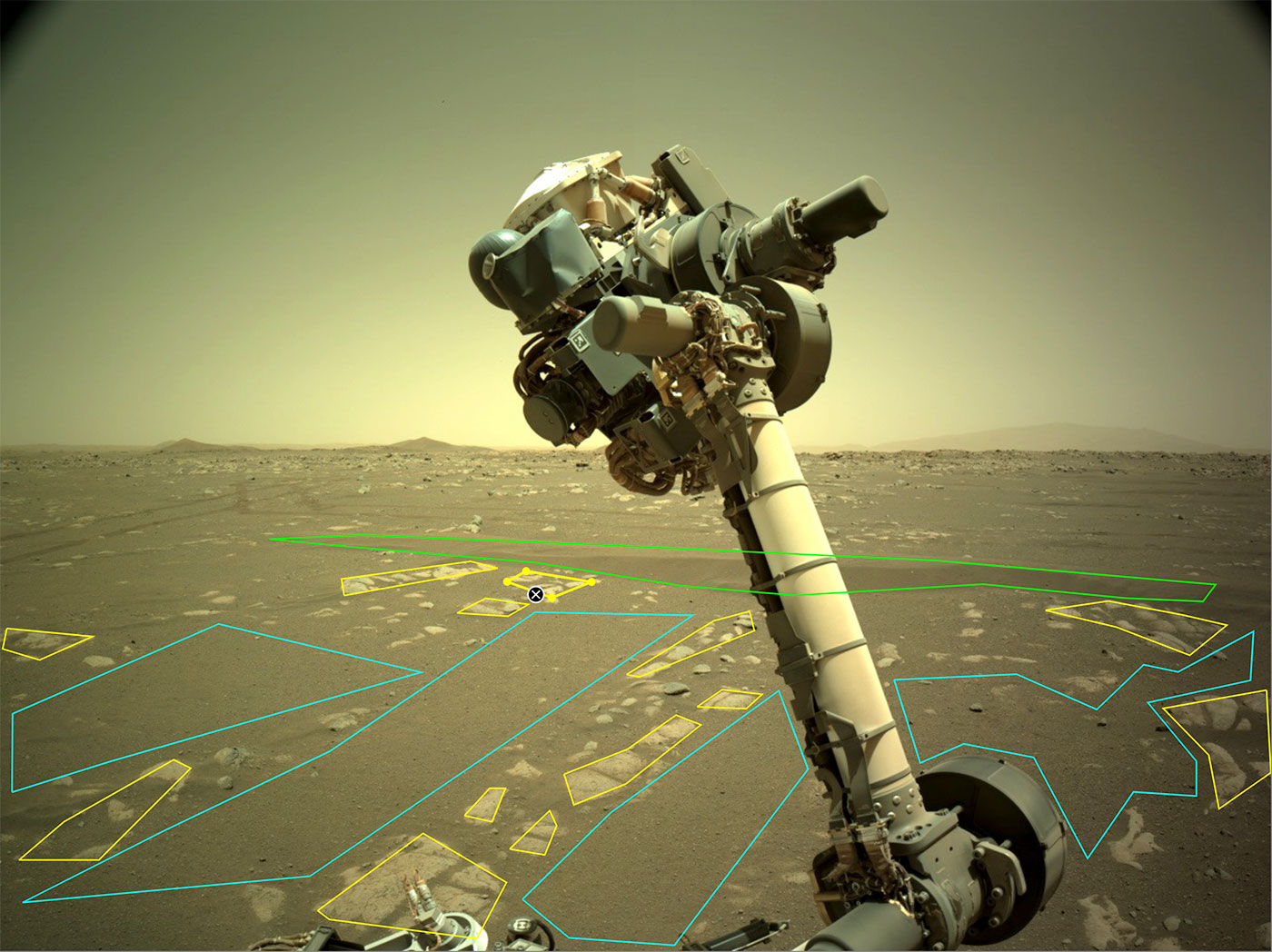NASA's Mars Curiosity Rover has been studying the red planet since 2012. At the heart of the rover is a robotic arm that can extend over 7 feet and weighs about 88 pounds. The arm has five joints that can rotate and bend to pick up and manipulate objects on Mars. It's equipped with a variety of scientific instruments, including a camera, a spectrometer, a drill, and a scoop. This allows the rover to collect samples and study the Martian terrain without putting human life at risk.

The robotic arm is controlled by a team of scientists and engineers back on Earth who send commands to the rover. The team can instruct the arm to scoop up soil, drill through rocks, and collect samples for analysis. This has led to several groundbreaking discoveries on Mars, including the presence of water on the planet's surface and the potential for microbial life.
The handling robot arm is crucial for the success of the Mars Curiosity Rover mission. It allows the rover to collect samples from areas that are difficult to reach and analyze them with a high degree of accuracy. The arm is also designed to withstand the harsh conditions on Mars, including extreme temperatures and dusty environments.
NASA's use of robotic arms is not limited to the Mars Curiosity Rover. The space agency has used similar technology on other missions, including the Lunar Reconnaissance Orbiter and the International Space Station. These handling robot arms have enabled scientists to conduct experiments and explore new areas of space that were previously inaccessible.
Overall, NASA's use of handling robot arms has revolutionized space exploration. The technology allows scientists to study other planets and celestial bodies without putting human life at risk. The robotic arms are designed to withstand harsh conditions and can perform a variety of tasks, including sample collection and analysis. It's amazing to see how far we've come in space exploration, and it's exciting to think about what discoveries lie ahead.
In conclusion, the handling robot arm is a critical component of NASA's space exploration program. It has enabled the Mars Curiosity Rover to make groundbreaking discoveries and has opened up new horizons for scientific discovery. As we continue to push the boundaries of space exploration, it's clear that robotic technology will play a vital role in our continued success.